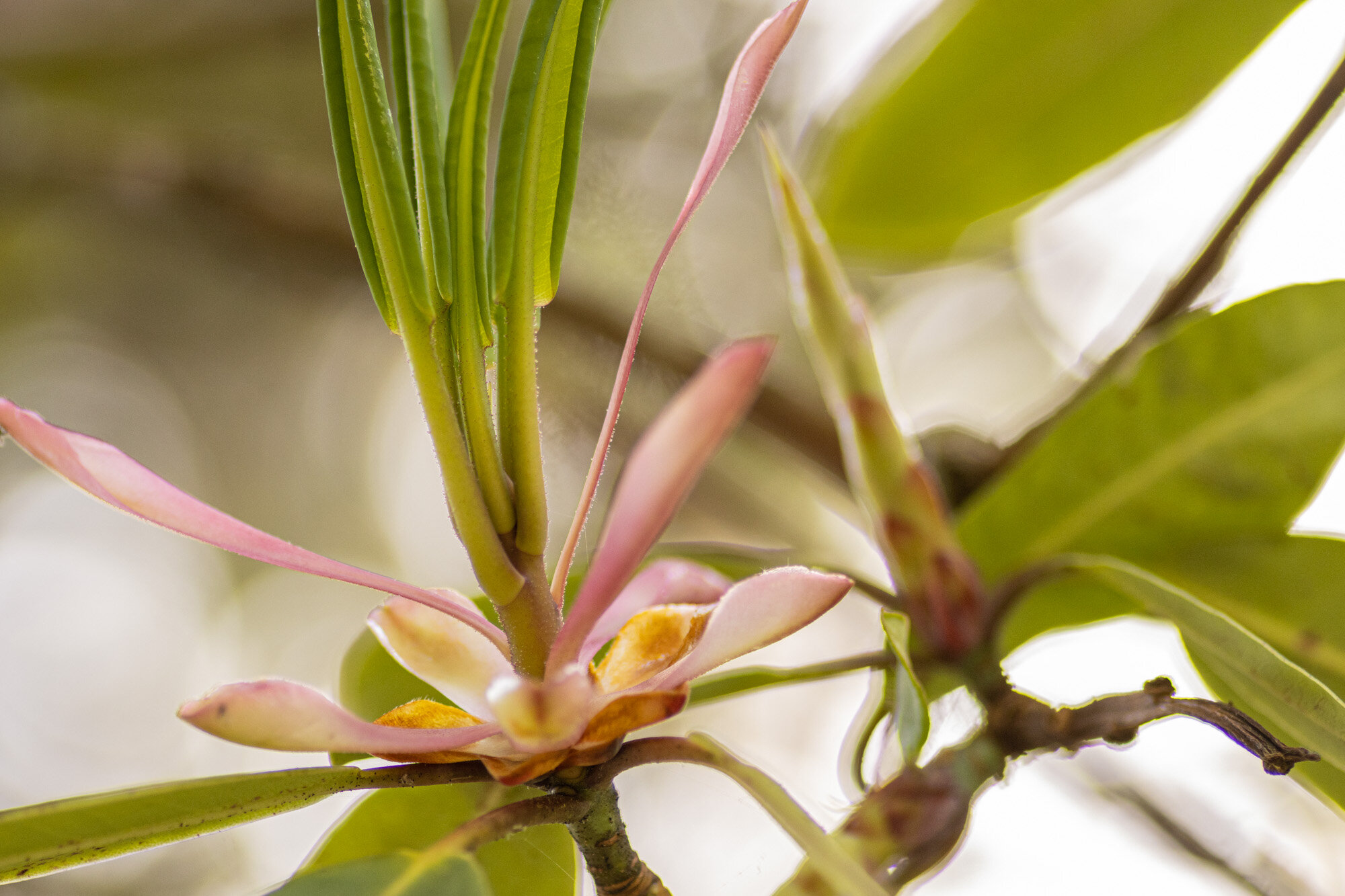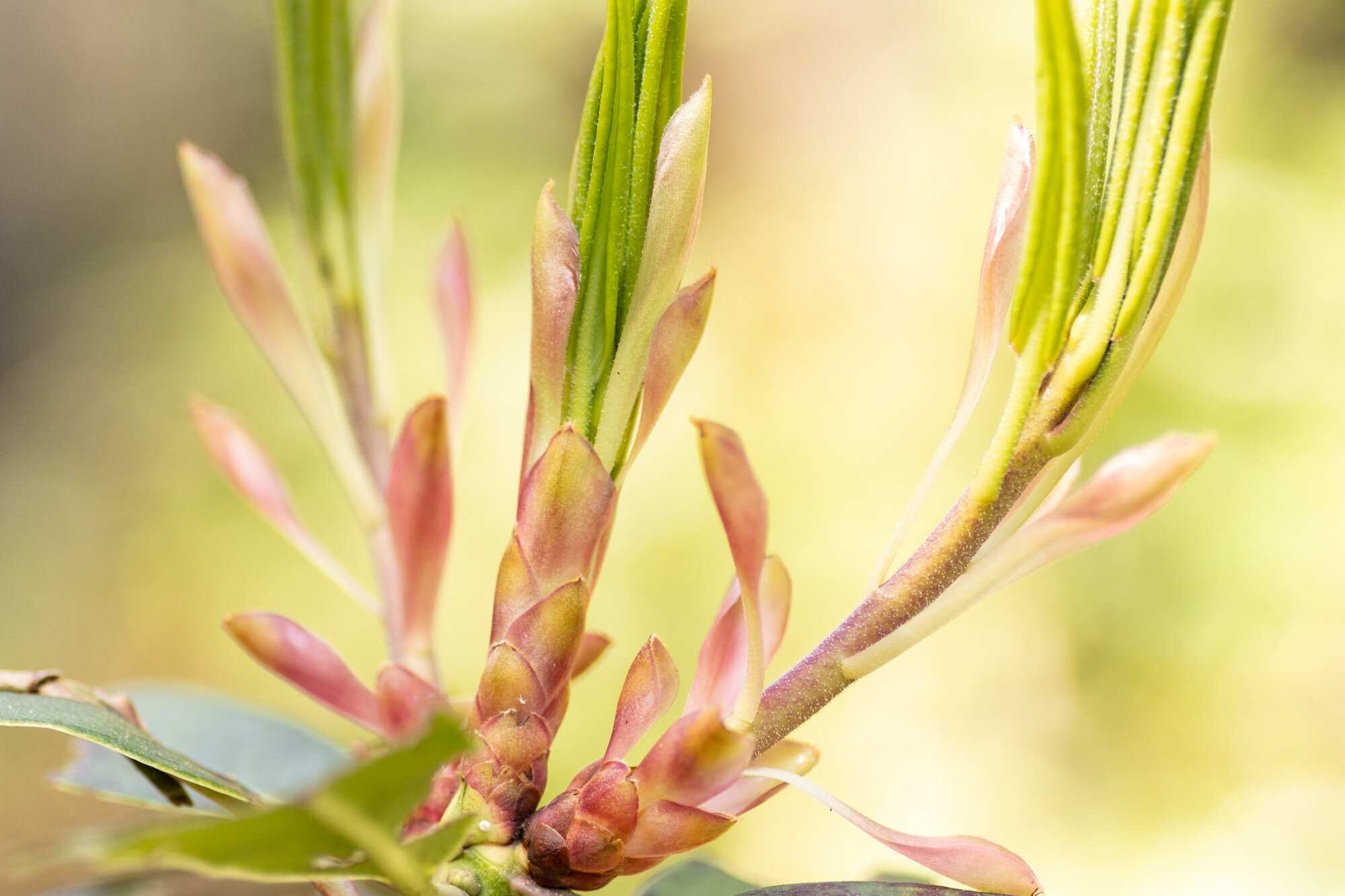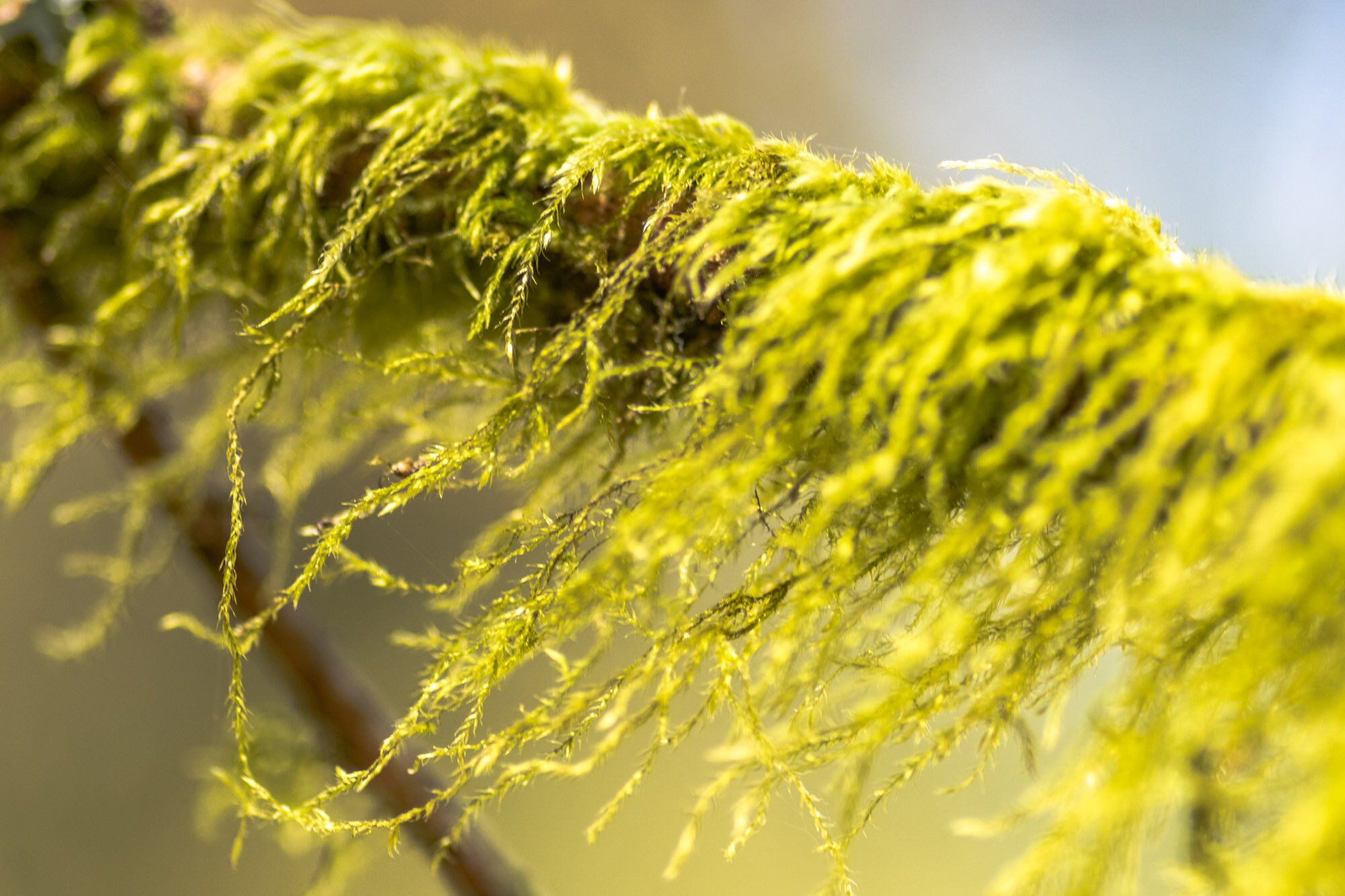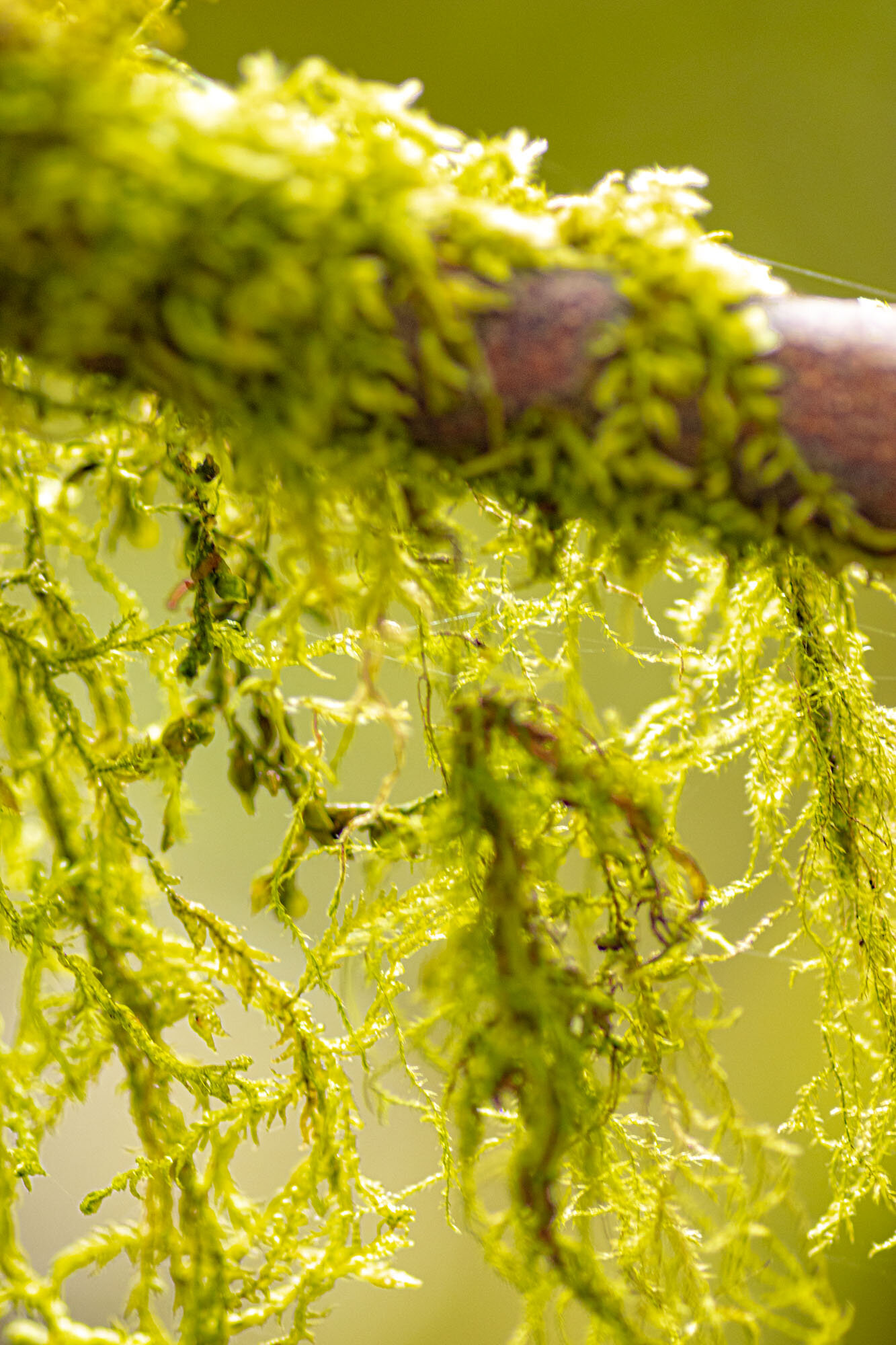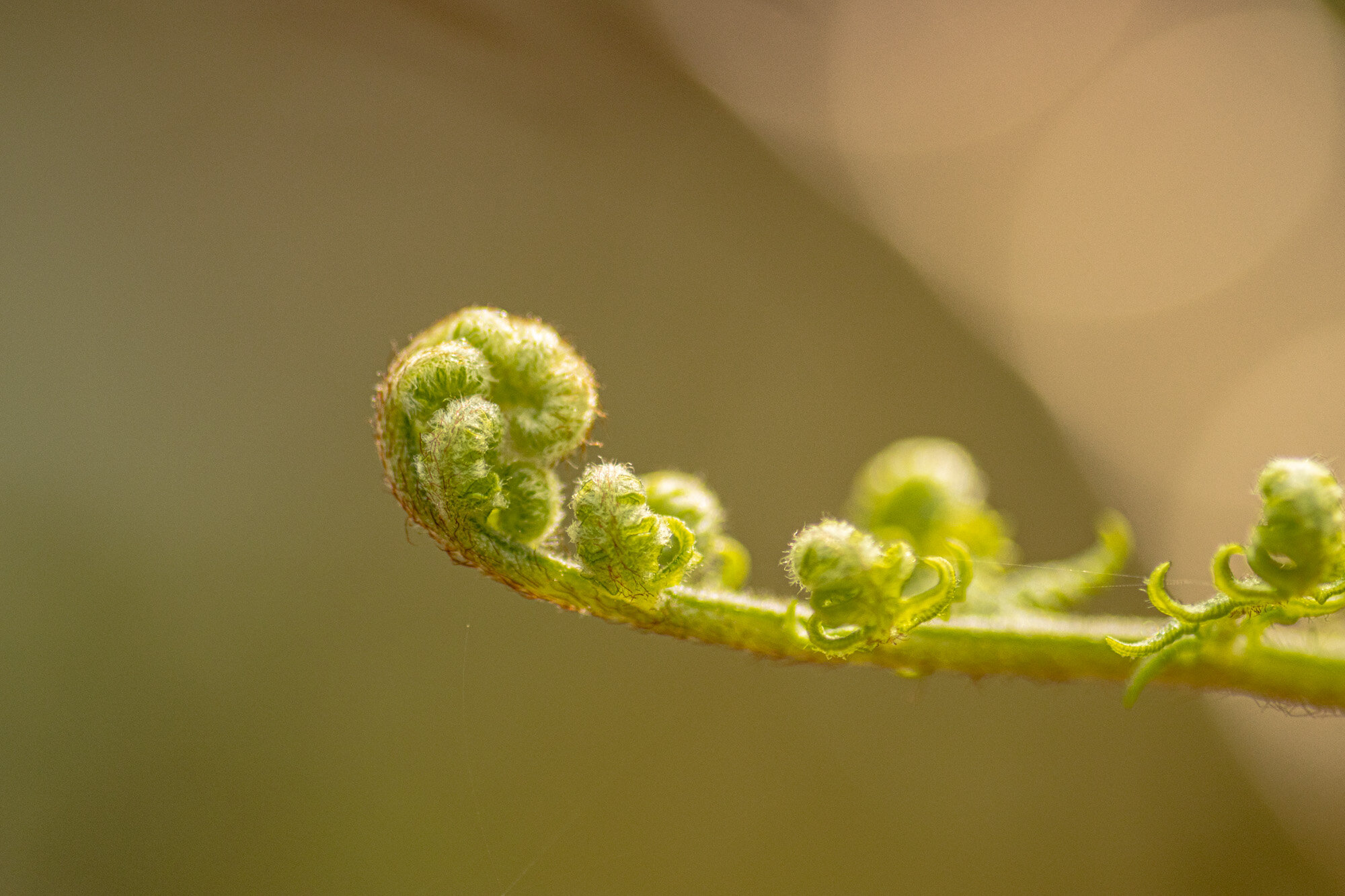Point Defiance Park
As I left I-5 and drove toward the Point Defiance Park I realized that not only am I finding pleasure and discovery in my destinations, I‘m learning how much the drive itself is part of the journey. The Ruston Way Waterfront connects downtown Tacoma to the Point Defiance Park. It runs along South Puget Sound with a parallel walking and bike path, with great views of Mount Rainier, Commencement Bay and the Olympic Mountains. This was nothing like the Tacoma I’d known before.
All I knew when I heard or thought about “Point Defiance”, was the Zoo - The Point Defiance Zoo. It wasn’t until I started researching Tacoma that I learned that Point Defiance is so much more than that. It’s a 700+ acre park that in addition to the Zoo and Aquarium, there are multiple gardens – the Rose, Lilly, Fuchsia and Dahlia Gardens, the Rhododendron Garden and the Japanese Garden and Pagoda, walking paths and hiking trails, the Owen Park Beach and the Fort Nisqually Living History Museum. The Five-Mile Drive of one-way roads weaves its way through the park’s very tall old growth trees. And you never know, you might catch a glance at some of the wildlife that’s wandering around.
In 1841 military explorers found this land and determined that because of its location it would be a perfect site for a military installation. The installation was never built, and in 1888 President Grover Cleveland signed a bill granting Tacoma rights to the then 640 acres of land for a city park. In 1890 Ebenezer Roberts was appointed the first superintendent of the park, and his vision was that it be a wild, unmanicured site. Finally in 1905 the federal government turned over the deed to the land to Tacoma, and in 1911 the Kansas City architectural firm Hare & Hare was hired to develop the Park’s first master plan. Although much of the plan was never implemented, the four major quadrants of the plan are still in place today: the gardens, the zoo and aquarium, the beachfront and the forest.
And as I entered the road leading from Pearl Street into the Park, I was immediately struck by how tall the trees are. I could hardly see the top of them without leaning backward. The Rhododendron Garden was the first place I stopped as I drove slowly and carefully on Five Mile Drive. The garden sits in an old growth forest. There were early blooming rhododendrons scattered throughout, but what I found most fascinating was the concentration of moss hanging from trees and branches, as well as the awakening of the ferns. I could have stayed there all day.
My favorite place was the Dune Peninsula at Point Defiance Park with the marina of the Tacoma Yacht Club. It has its own walking loop, known as the Frank Herbert Trail, named after Frank Herbert, the Tacoma native science fiction author of the book Dune and its five sequels. Eleven acres of the peninsula were developed from the slag of the old Asarco copper smelter connect to the larger park by way of the 605 foot Wilson Way foot bridge. The Peninsula transformation took 400,000 cubic yards of dirt and a woven geotextile cap to prevent water from entering the landfill.
Because the Peninsula is at sea level, and much lower than the rest of the park, the planners designed a brilliant “chutes and ladders” system to reach the level of the Peninsula from that end of the bridge. Not only did they build stairs to go up and down, but they also designed a series of 6 slides, accompanying the stairs, to get to the bottom. When I was there, two moms were visiting while their children climbed up the stairs (and sometimes just on the surrounding dirt) then down the slides, over and over. I was tempted, but alas… I told myself that I didn’t want to risk damaging my camera equipment, but truthfully, I was a little bit nervous that the slides weren’t wide enough for me.
Just across the Wilson Way Bridge and a short walk on Trolley Lane is the Japanese Garden and Pagoda. The garden features pools, a waterfall, a footbridge, Sakura cherry trees and an authentic Shinto shrine and torii gate. The different shades of the flowering trees added to the beauty of the area. The gardens surround the Pagoda that was inspired by Japanese architecture when it was built in 1914 as a streetcar station. In 1938 when busses replaced streetcars, the Pagoda became a waiting area for busses that brought people to the Park. Since 1963 it has served as a gathering place and venue for events like weddings and corporate events.
As I was reading about the Japanese Gardens I learned that one of the most famous shrines in the world is in our backyard – the Tsubaki Grand Shrine in Granite Falls, Washington. I plan to visit the Tsubaki Shrine soon and will have photos and stories about both of these places of interest at that time.
In 2005, when the Park reached its 100th anniversary of Tacoma’s taking ownership of the park, Jason Hagley wrote an article in the Tacoma News Tribune describing the Park’s arduous history. Challenged with money problems, its size, the lack of a real plan and political infighting, the fundamental issues of the Park in 1905 and for many decades beyond, remained the same. What was the purpose of the Park? How should it be developed and preserved and who would pay for it? Yet is remains a valued gem of Tacoma and the Puget Sound areas, enjoyed by many.
I learned quickly how vast and spread-out Point Defiance Park is and that I would only see a portion of it on this visit. I look forward to returning when the gardens are in bloom, when more children are flying down the slides on the Dune Peninsula and when I can discover the many sections of the park that I missed.




